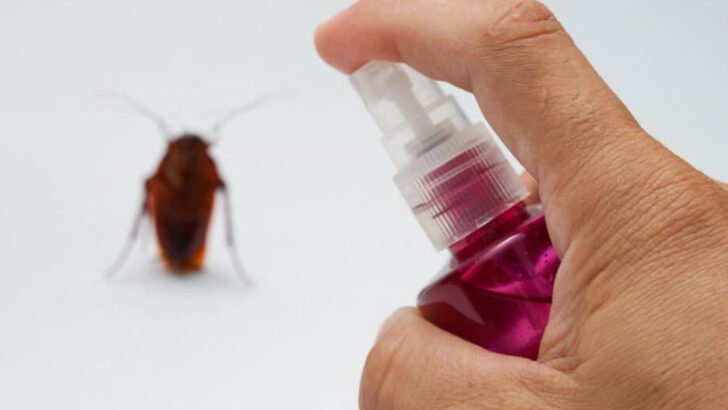No one likes spotting a roach skittering across the kitchen floor, especially when you’ve worked hard to keep your space clean. Unfortunately, these pests are stubborn and surprisingly good at finding their way into even the tidiest homes. And while store-bought sprays might seem like a quick fix, they’re often packed with strong chemicals you’d rather not use around pets, kids, or food.
The good news is, there are plenty of natural methods that can help you deal with the problem without turning your home into a science lab. With a little consistency and a few items you might already have in your pantry, you can make your space a whole lot less welcoming to roaches—and do it in a way that feels safe and practical.
Boric Acid and Sugar
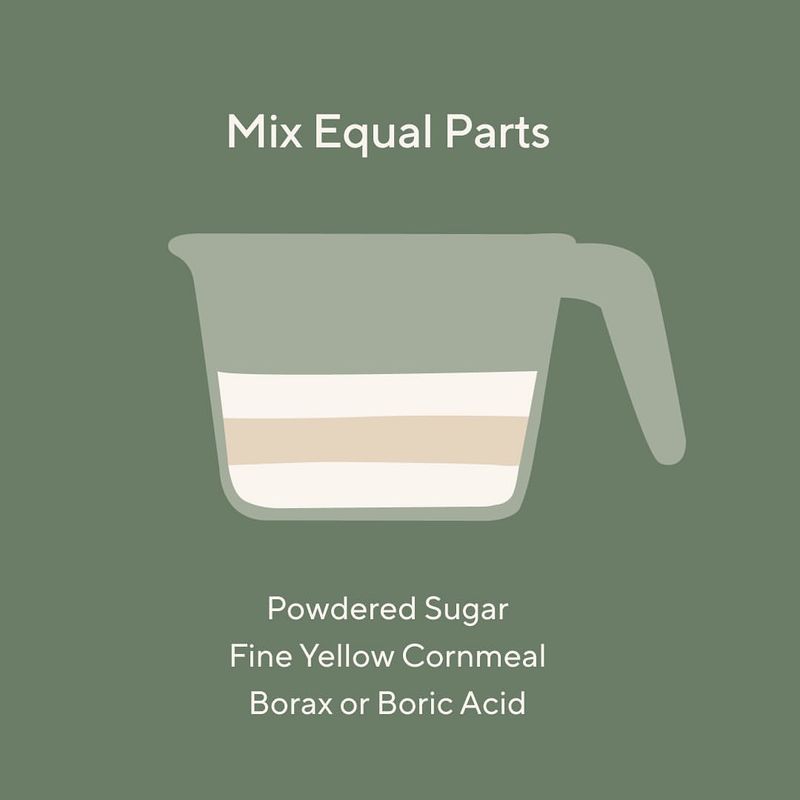
Combining boric acid with sugar is a time-tested method for tackling cockroach problems. The sugar attracts them, while the boric acid acts as a poison. It’s important to place this mixture in areas where cockroaches frequent, such as under sinks or behind appliances. Always ensure it’s out of reach of pets and children.
Regularly check and refresh the mixture for optimal results. This simple solution can curb infestations, offering a safe alternative to harsh chemicals. Remember to wear gloves when handling boric acid to prevent skin irritation.
Coffee Grounds
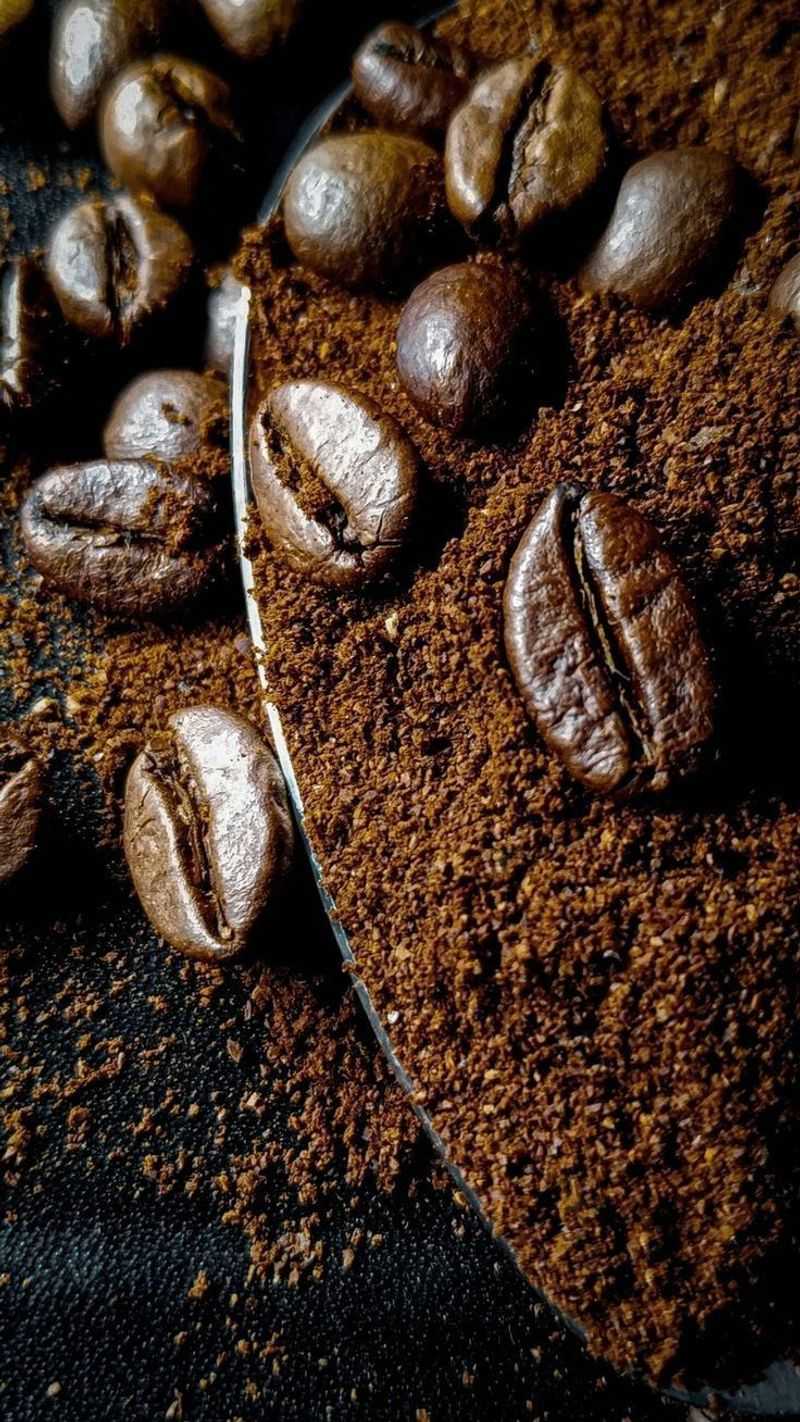
Imagine the aroma of your favorite morning brew doubling as a cockroach deterrent. Coffee grounds not only awaken your senses but also repel these pesky invaders. Place used coffee grounds in strategic areas around your home.
The smell is unappealing to cockroaches, keeping them at bay. As an added bonus, coffee grounds are biodegradable, making this method environmentally friendly.
A word of advice: ensure the grounds remain dry to maintain their effectiveness. This natural approach offers a pleasant, sustainable solution to your cockroach problem, without the need for harsh chemicals.
Catnip
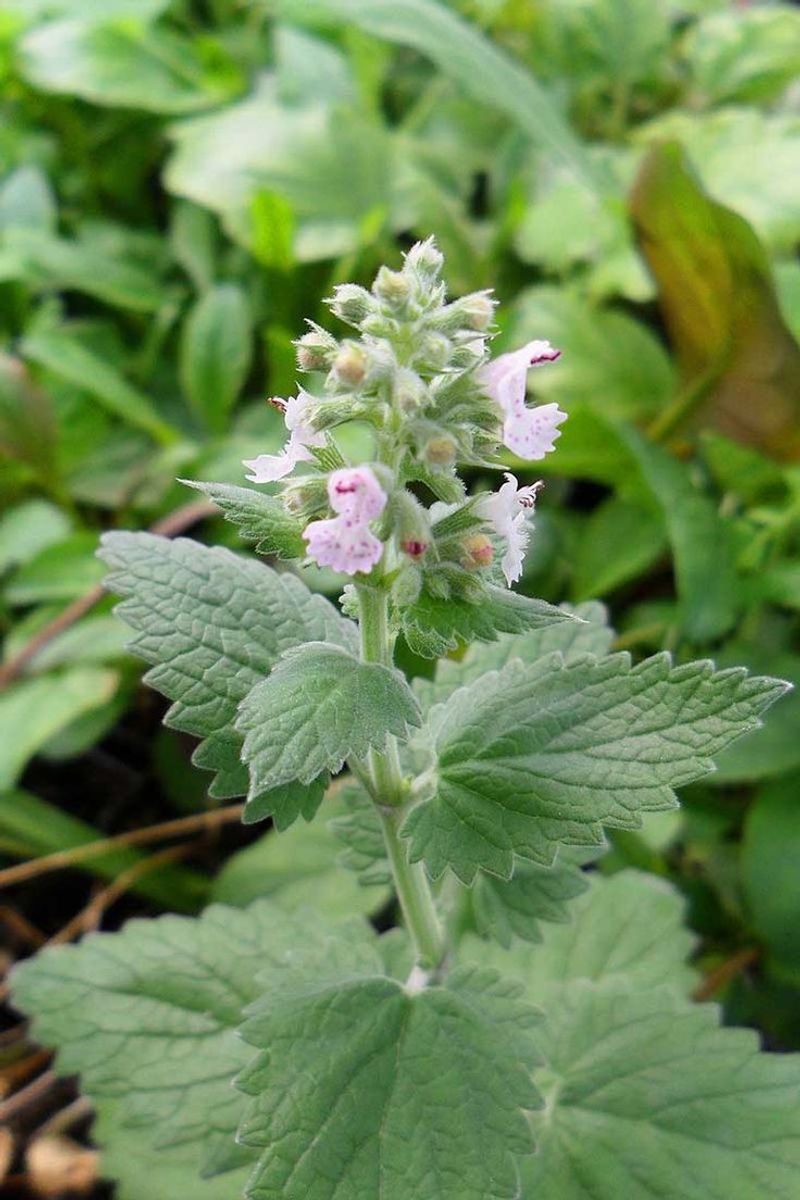
Catnip isn’t just for felines; it’s a formidable cockroach adversary. This unassuming herb contains nepetalactone, a natural repellent. Sprinkling dried catnip in cockroach-prone areas can send these pests packing.
Besides, catnip is safe for pets and children, making it an ideal choice for family homes. The herb’s pleasant scent is an added perk for your living space.
Replace the catnip every few weeks to ensure continued effectiveness. Its dual benefits make catnip a delightful, non-toxic strategy for maintaining a roach-free environment.
Diatomaceous Earth
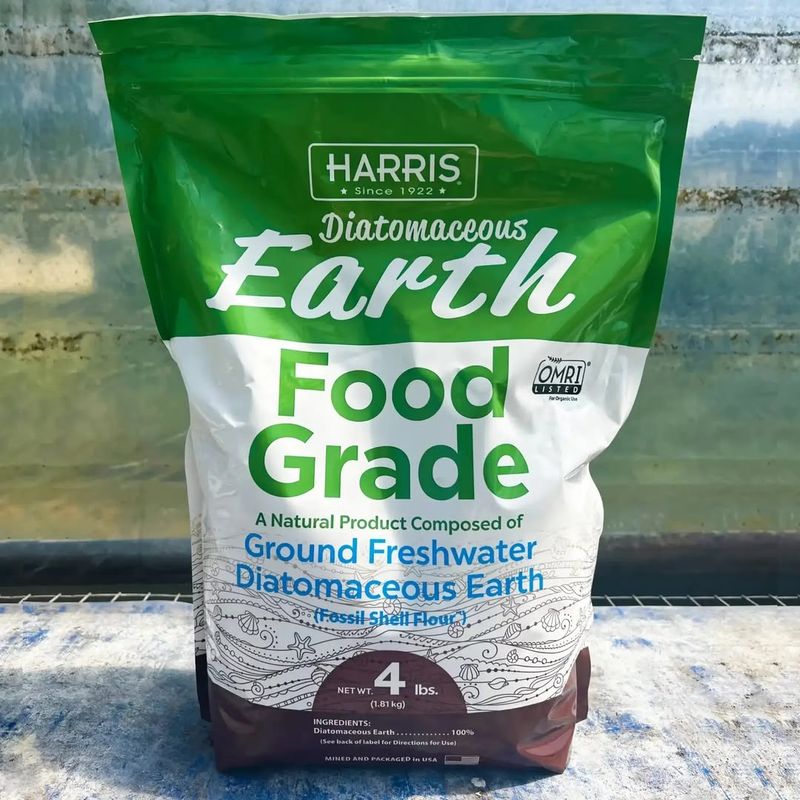
Utilizing diatomaceous earth is an effective way to dehydrate and kill cockroaches. This natural powder works by damaging their exoskeleton, leading to dehydration. Sprinkle it lightly in kitchen corners, behind the fridge, or along baseboards.
Keep the area dry for the powder to remain effective. Reapply after cleaning or vacuuming. Being non-toxic to humans and pets, it provides a safer option for households. Ensure the product is food-grade, enhancing its safety around kitchen areas.
Cedarwood
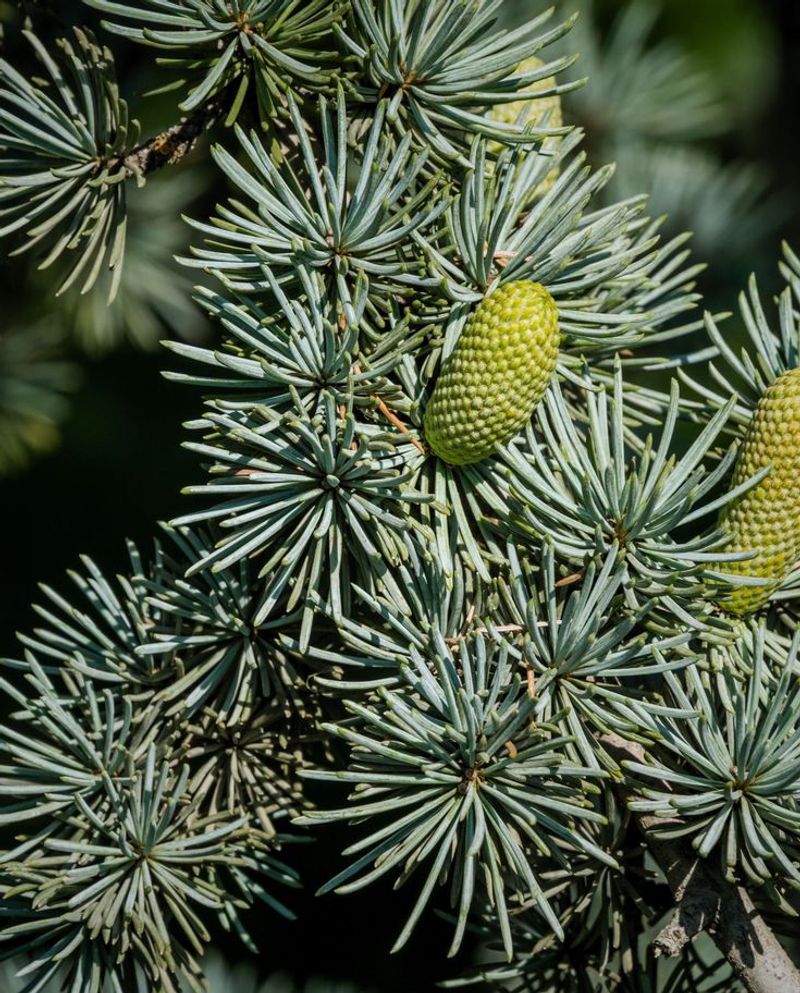
Cedarwood, with its rich, aromatic essence, serves as more than a fragrant addition to your home. Its natural oils emit a scent that cockroaches find intolerable. Strategically place cedarwood blocks in closets and drawers.
The pleasant aroma doubles as a natural air freshener, enhancing your living space. Regularly sanding the wood refreshes its potency.
This method harnesses the power of nature, offering a harmonious blend of comfort and practicality. It’s an elegant, sustainable way to ensure cockroaches never overstay their welcome in your home.
Essential Oils
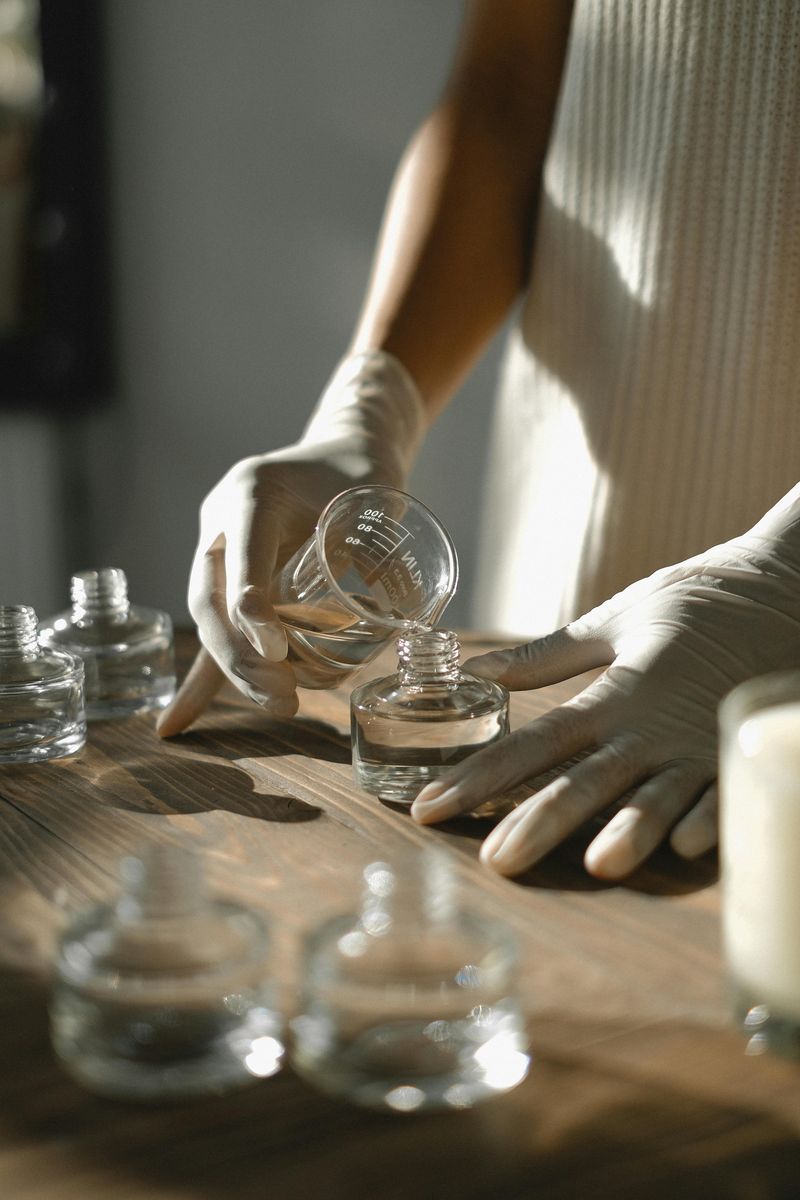
Using essential oils like peppermint and tea tree offers a fragrant way to repel cockroaches. These oils disrupt their communication and deter them from settling in. Create a spray by mixing a few drops with water, spraying in cockroach-prone areas.
Reapply the spray periodically for continuing effects. This method not only repels cockroaches but also leaves your home smelling fresh. Ensure oils are stored properly to maintain their potency. It’s a simple, pleasant-smelling alternative to chemical sprays.
Garlic Spray
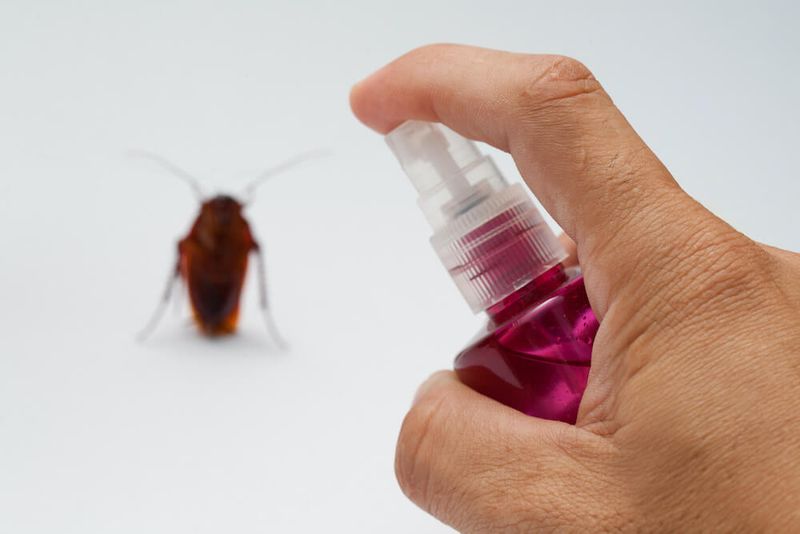
Garlic isn’t just a culinary staple; it’s a potent cockroach deterrent. The sulfur compounds in garlic create an inhospitable environment for these pests. Create a simple spray by crushing garlic cloves and mixing them with water.
Spray this mixture in corners and crevices where cockroaches frequent. It’s a natural, non-toxic method that’s safe for households with children and pets.
Reapply weekly for best results. Embrace this aromatic approach to pest control, transforming your home into a fortress against cockroach invasions, using a staple found right in your kitchen pantry.
Bay Leaves
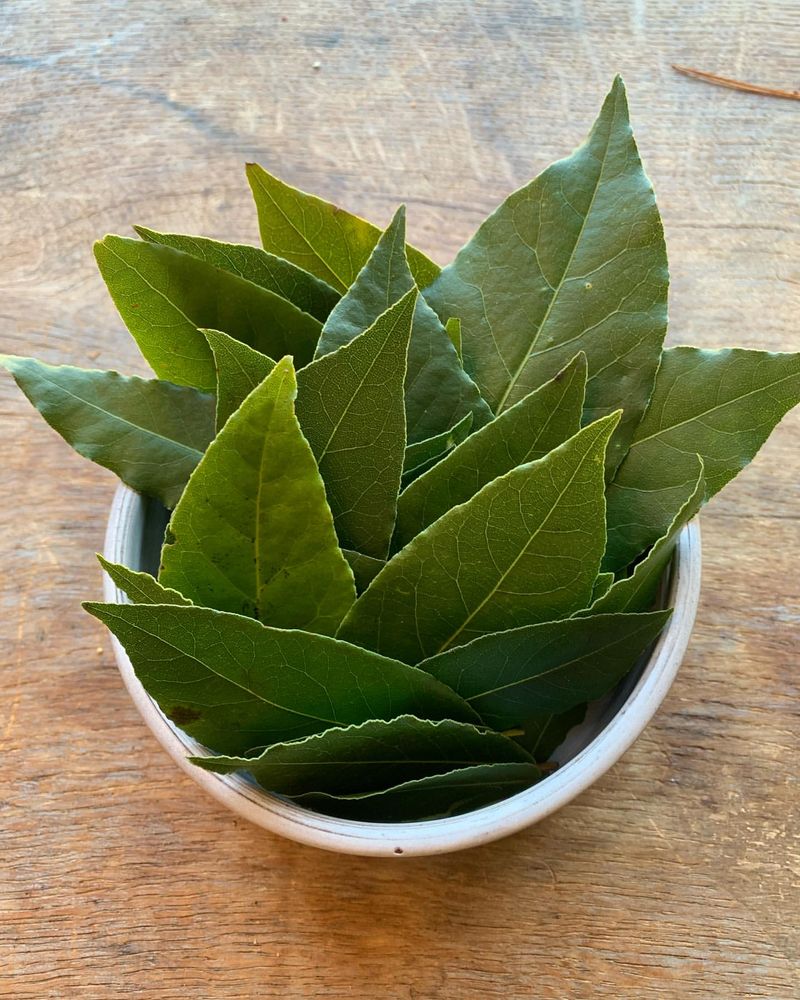
Bay leaves, known for their culinary uses, double as a natural cockroach repellent. Their scent is disagreeable to these pests, deterring them from entering specific areas. Place dried bay leaves in cabinets, drawers, and pantry corners.
Regularly replace the leaves to maintain their effectiveness. This method is easy to implement, keeping cockroaches at bay without introducing harmful substances. It’s a non-intrusive way to safeguard food storage spaces.
Cucumber Peels

Cucumber peels serve as a surprising cockroach deterrent, thanks to their natural scent. Place fresh peels near garbage areas or under sinks to keep these critters away. The peels should be replaced frequently to maintain their efficacy.
In addition to being a natural solution, using cucumber peels is an eco-friendly way to recycle kitchen scraps. This method combines practicality with effectiveness, offering a gentle approach to pest control. It’s a simple, cost-effective strategy to try at home.

